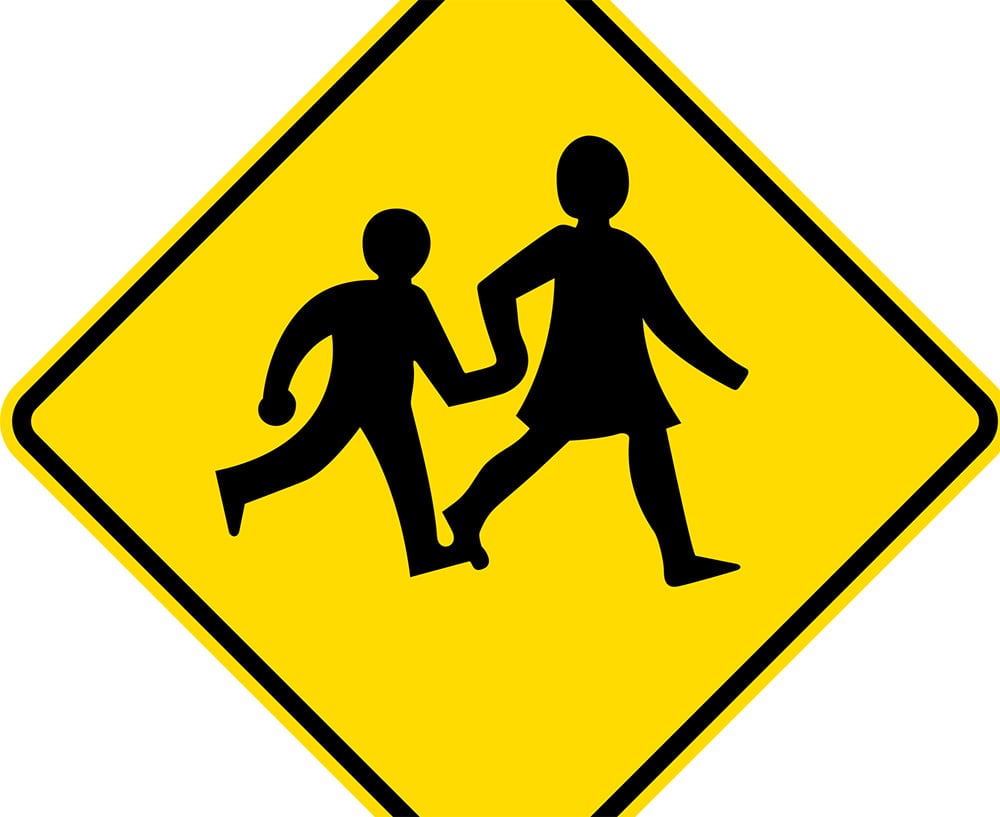Even in relatively safe British Columbia, the thought of reopening the schools fills many of us with dread.
We’re painfully aware of the COVID-19 catastrophe in the U.S., where some schools are already opening with the strong encouragement of Donald Trump. We may have read about the school in Israel that stayed open for just 10 days before 153 students and 25 staff members tested positive. Or the summer camp in the state of Georgia that was the setting for a “super-spreader event” infecting 260 kids and staffers.
So when the B.C. Ministry of Education announced its back-to-school plan late in July, the BC Teachers’ Federation responded instantly with “not so fast.” The American Federation of Teachers, one of the biggest teachers’ unions in the U.S., echoed the BCTF’s sentiment.
Plenty of parents and grandparents agree. The coronavirus is coming back even in places that seemed to have smothered it, like New Zealand and Vietnam, while it rages across the American south and west. Never mind worries about a “second wave”; Dr. Michael Osterholm and Mark Olshaker say the SARS-CoV-2 virus is more like a wildfire, spreading wherever it finds human fuel.
“We now have compelling evidence,” they write, “that SARS-CoV-2 is not affected by seasonality or regional weather; it spreads by the human contact and mixing that occurs in areas of high population density.”
Every classroom, then, could be a human tinderbox, needing just a few COVID-19 cases to set its school and community on fire. That’s a big reason why many big-city school districts like Chicago will be all-online when classes start next month.
Obviously we want to keep our children and their families safe and healthy. But keeping them out of school threatens them too. In a recent policy brief titled “Education During COVID-19 and Beyond,” the UN sets out the problem and suggests directions we could take to find solutions.
“The COVID-19 pandemic,” the brief states, “has created the largest disruption of education systems in history, affecting nearly 1.6 billion learners in more than 190 countries and all continents. Closures of schools and other learning spaces have impacted 94 per cent of the world’s student population, up to 99 per cent in low and middle-income countries.”
The impact affects economic recovery, the chances for many children to overcome inequality faced by their parents, and even kids’ nutrition. In a vicious circle, slow recovery means less funding for schools, fewer graduates and fewer jobs. As the brief warns, we must act quickly to prevent “a learning crisis from becoming a generational catastrophe.” And we must act on four fronts:
Suppress transmission of the virus and plan thoroughly for school reopenings.
Significantly, the brief doesn’t define “suppression.” But suppression generally means reducing cases to a level that the local health system can manage. Where COVID-19 is surging, that means some kind of lockdown until cases fall. Health departments and governments will have to decree and enforce such lockdowns — locally, regionally and nationally.
When is it evident that suppression has worked well enough to make opening schools safe? Osterholm and Olshaker argue that two COVID-19 cases per 100,000 population would enable effective contact tracing and suppression. Right now, for all its seeming relative success to date, B.C.’s own ratio of cases remain well above two per 100,000. We should have no more than 100 active cases to achieve suppression. According to the BC Centre for Disease Control, we have about 350.
Striking the right balance then between shutting down society in order to open up schools may prove politically or logistically hard to achieve. Which throws a sharp light on the blandly presented advice provided by the UN brief. Planned reopening, it says, should ensure everyone’s safety, inclusion of everyone, involvement of all concerned, and “co-ordinate with key actors, including the health community.”
Protect education financing and co-ordinate for impact.
Hard times usually mean “belt-tightening” for schools, but the UN says: “National authorities and the international community need to protect education financing.” That means stronger “revenue mobilization” (presumably higher taxes), education as a budget priority, and more efficient spending. Wealthy countries like Canada should also commit to helping schools in poorer countries.
Build resilient education systems for equitable and sustainable development.
Here the brief resorts to bureaucratic arm-waving: “focus on equity and inclusion,” “capacities for risk management,” “strong leadership,” etc. A truly resilient system should be able to deal with one damn disaster after another. It should come up with more than face-to-face classroom teaching or online teaching. It should anticipate hot spots where classes may need to be suspended or modified and be able to deliver content — in a variety of media — to individuals as well as to thousands of students.
Reimagine education and accelerate change in teaching and learning.
This is likely the toughest guideline for a profoundly conservative and unimaginative institution like education. We learn as we are taught, and teach the way we learned. Online education is improving, but educators still see it mostly as a cost-saving gimmick or a desperate substitute for face-to-face. Past “change” in education has been mostly fads, and soon forgotten.
Real innovation in teaching and learning would require a far more professionalized (and expensive) body of teachers, doing serious research, applying it, and sharing it worldwide with school systems open to “accelerated” change.
In a brilliant article in The Atlantic, science writer Ed Yong recently wrote: “Normal led to this. Normal was a world ever more prone to a pandemic but ever less ready for one. To avert another catastrophe, [we need] to grapple with all the ways normal failed us.”
“Normal” education had already failed generations of students before the pandemic, chiefly by culling those who were not rich, white and male; the survivors got to rule the rest and oversee continued normality. If nothing else, COVID-19 has exposed education’s weaknesses just as it’s exposed those in our politics, economy and social hierarchies.
If we can recognize those weaknesses, salvage the old education system’s virtues, and build back truly better, we have a chance to deal with the catastrophes to come. ![]()

















Tyee Commenting Guidelines
Comments that violate guidelines risk being deleted, and violations may result in a temporary or permanent user ban. Maintain the spirit of good conversation to stay in the discussion.
*Please note The Tyee is not a forum for spreading misinformation about COVID-19, denying its existence or minimizing its risk to public health.
Do:
Do not: